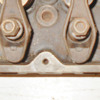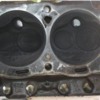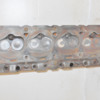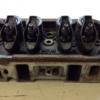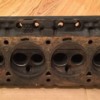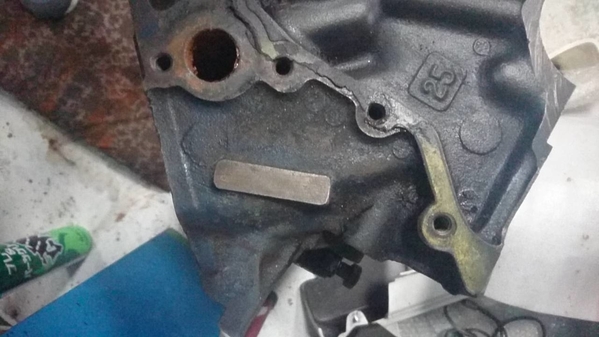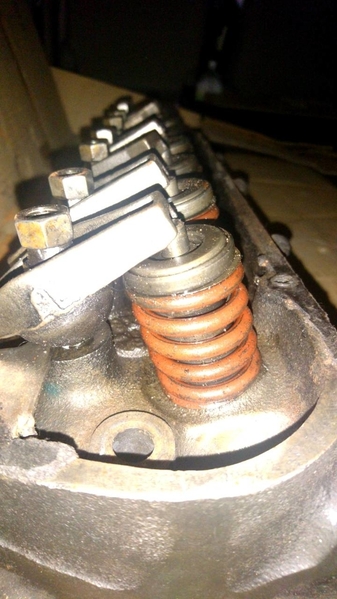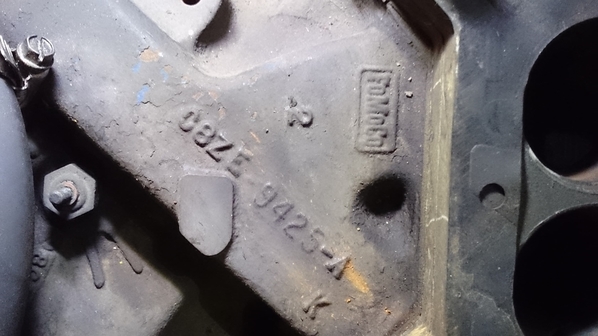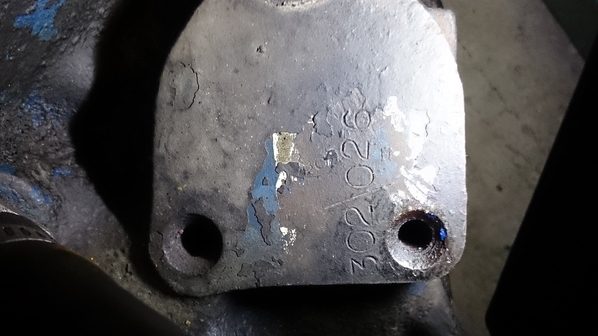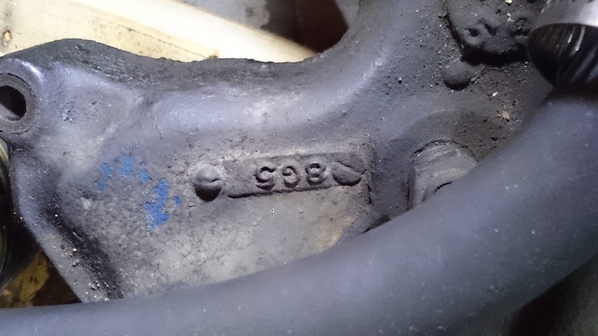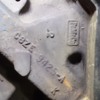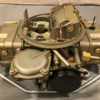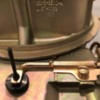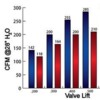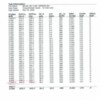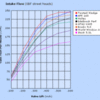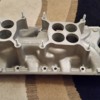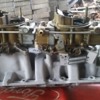As PanteraDoug says if you want to keep it stock and already have the parts it's simple. He's also exactly right to suggest the original engine was limiting and to build that way may very soon frustrate you (or your customer).
Finally I agree a 220/230 bhp engine revving to 5500 rpm max is a mis match for a car like the Mangusta. But I also feel the 289 /302 engine is one of the best ever made, but only if you let it breath!
I race a 65 Mustang and even with all period / iron components a 289/302 engine can put out very good power (over 400bhp) with good torque.
With a stroker kit, 400bhp,is far easier and much cheaper. You may not want to go that far of course or have something modified in that way.
I'm sure many will think it is heresy to talk about modifications! But when modification can easily be reversed to standard specification I do not see that is a bad thing.
I'm in UK and it's not easy to find 289/302 performance components here but easy to get US companies to ship overseas. Our import taxes are high (adds 30% to US price) but still good value versus modern components. In fact I know it is cheaper for me to buy a new set of aluminium heads complete with valves and springs than what I would pay to refurbish the original components.
If you wanted to you could build the bottom end of the engine as a 302 with good balancing and buy a set of aftermarket aluminium heads, a better (but not wild) camshaft, aluminium inlet manifold and decent Holley carb. That would be completely and easily reversible if you wanted to change to standard spec but I would suggest would add at least 100bhp to the standard J code, you would be able to get the Pistons manufactured to your required compression ratio (for the fuel you have available) and any good engine builder would be able to build that for you. It would also lighten the rear of the car which is not a bad thing either and the engine would start to come to life and be very drivable on the street.
Although a stroker engine like the 347 would be even better for the road from what I know Japan's roads are crowded, just like UK so I doubt you'd notice much difference and it would be much simpler (and cheaper) with a 302 to return to standard if you wanted to.
and if you do not have some of the original components you could build the modified engine and take your time to find and import the original specification components
something for you to consider


